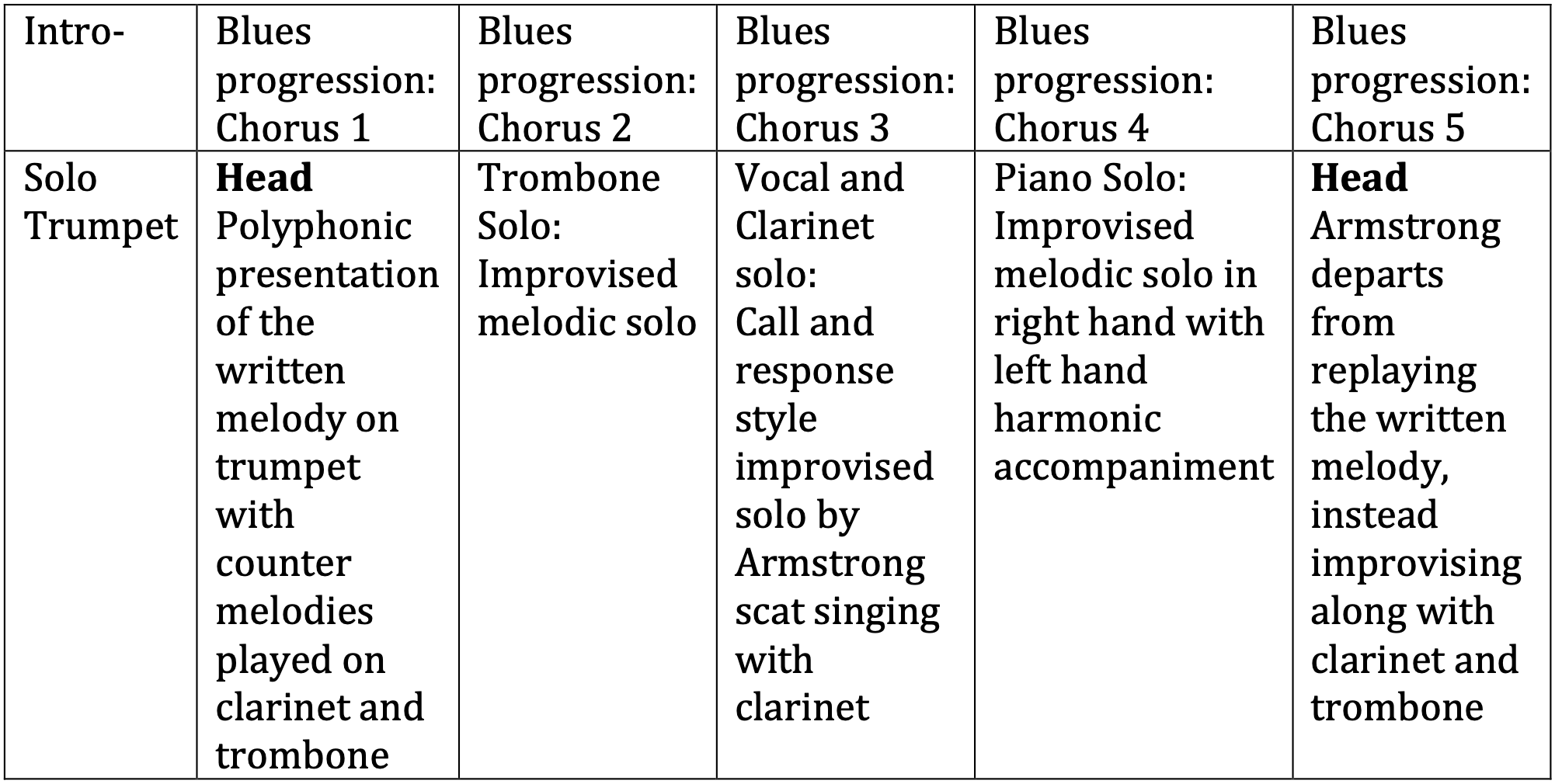5.3: Cyclic forms
- Page ID
- 91151
When the section that repeats is longer than an ostinato then the form is considered to be cyclic. Like ostinatos the cycles that are repeated can be melodic, harmonic, or rhythmic. Repeated melodies create the traditional liuban and baban forms of the traditional Chinese folk music called Jiangnan Sizhu. Two primary cycle lengths are used for many of the works. These cycles are melodies of 60 or 64 beats in length (Thrasher, 1989). Musicians perform the melody over and over. Each time musicians are expected to embellish the melodies and add their own personal treatments. This is referred to as “adding flowers”.
This cyclical melodic form is akin to the strophic forms of Western music. Strophic refers to a form in which musical elements remain (largely) the same with each repetition of a section while some element or lyrics change. It is often the case that the only changing aspect for each strophe is the lyric. This is the case many traditional corridos of Mexico and America. In such works each section of music repeats the same melody, harmony, and rhythm under the changing lyrics.
In many jazz pieces a recurring chord progression serves as the foundation of the piece. One of the most common chord progressions utilized in jazz is the twelve- bar blues progression. Each time through the chord progression is referred to as a chorus. A typical jazz arrangement would have a written melody called “the head” played over first chorus. After the head is performed the musicians will decide on an order for melodic and rhythmic solos in the following choruses. When performing live, the soloists are free to keep going as long as they want. The piece typically then ends with another performance of the head. Figure 1 illustrates this cyclical form in Joe “King” Oliver’s piece West End Blues as it appears in the famous recording made by Louis Armstrong and his Hot Five on June 28, 1928. Introductions like Armstrong’s opening trumpet solo, and codas (outros), are superfluous additions to the form.



